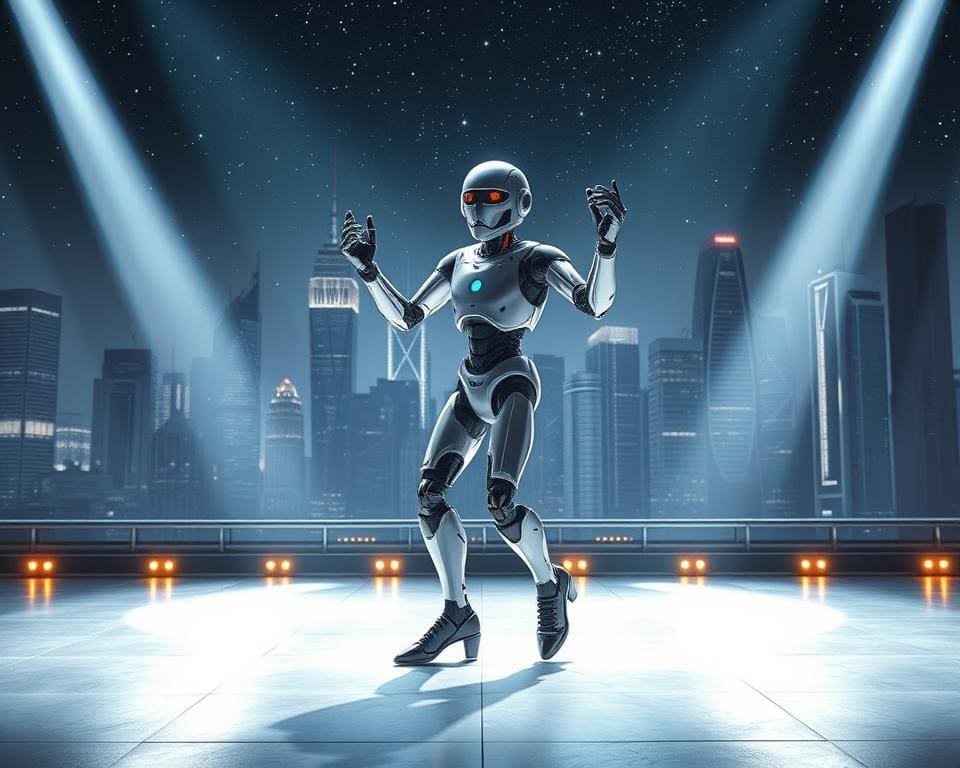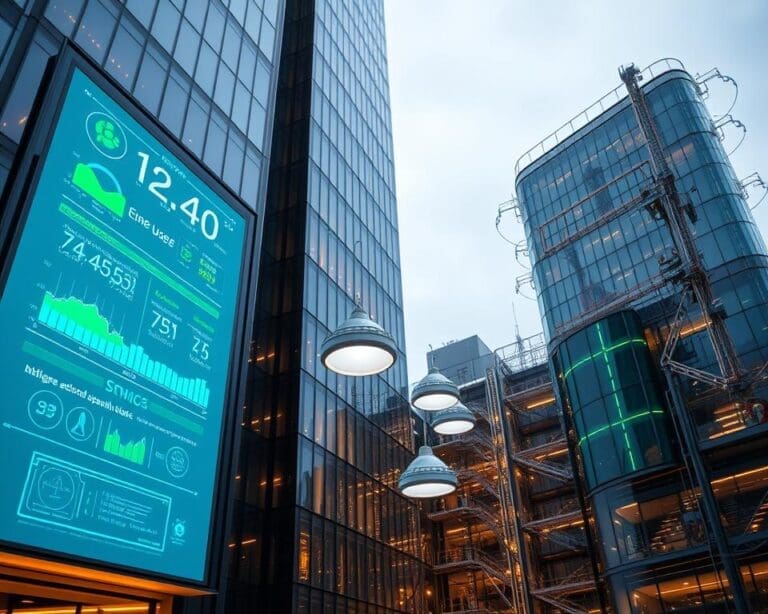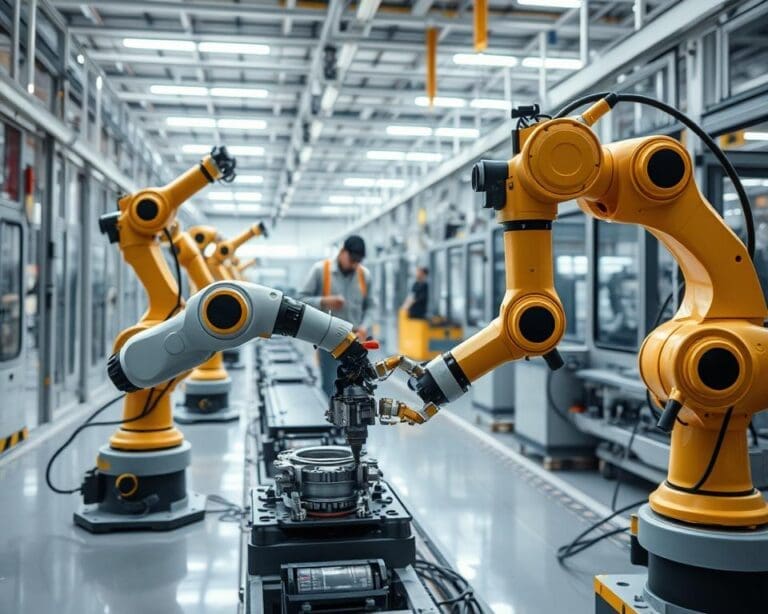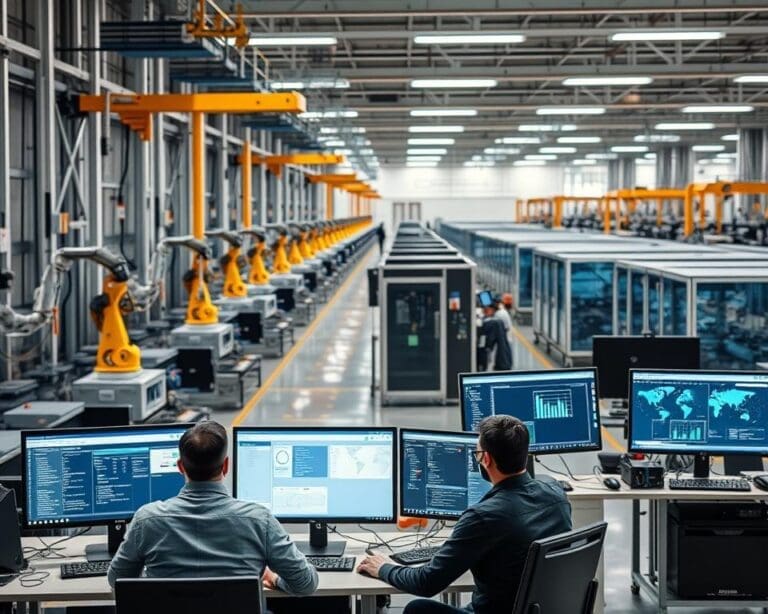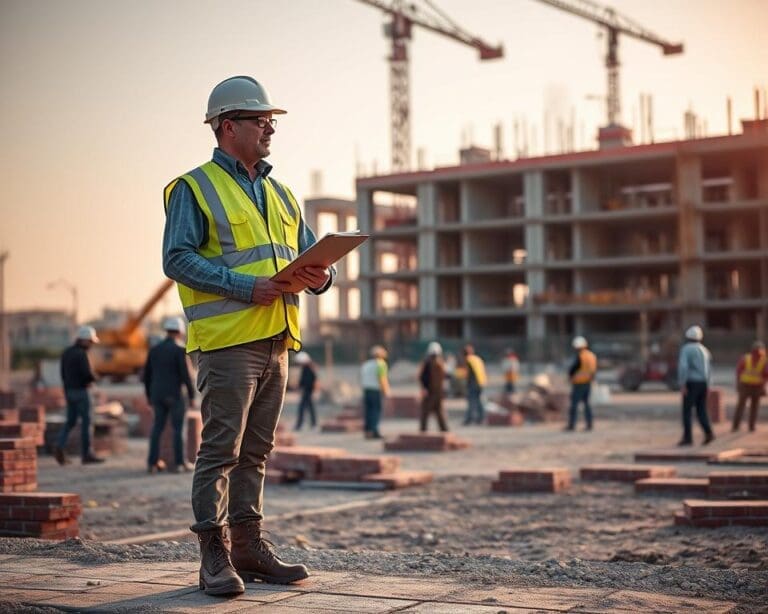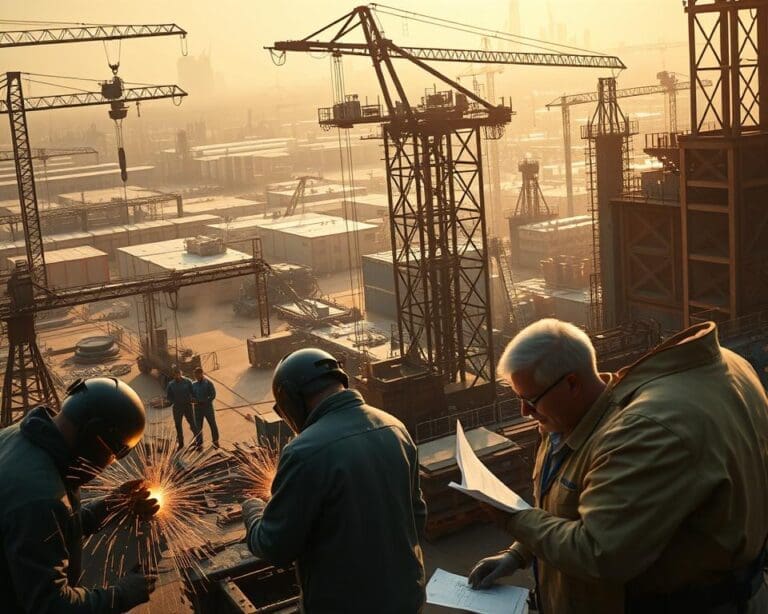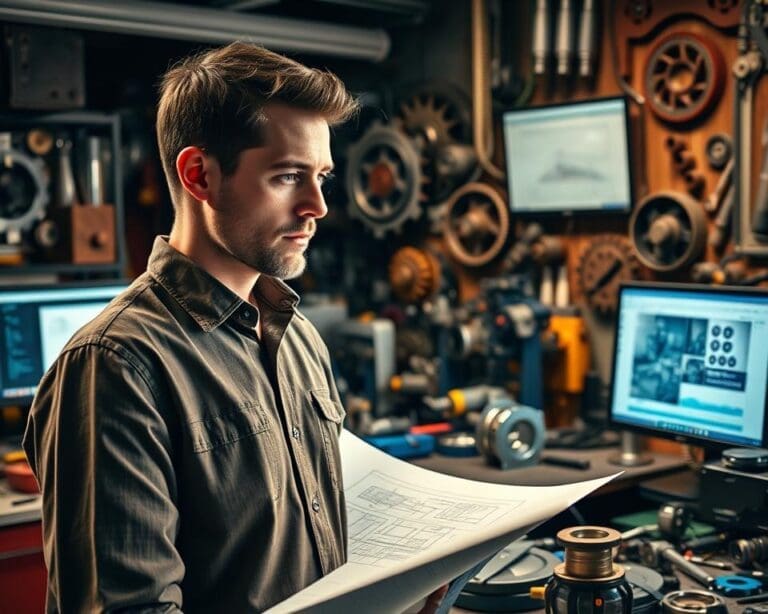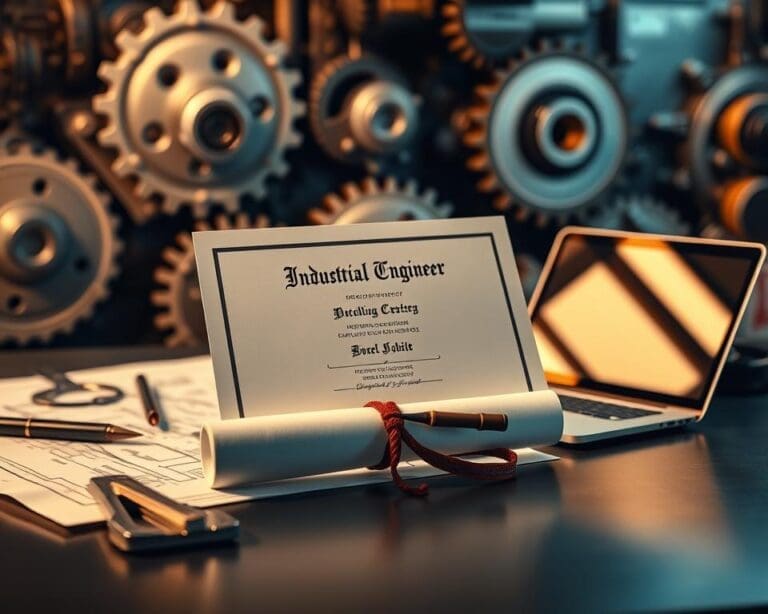The captivating world of dance, rich with emotion and artistry, invites a fascinating question: will deep learning ever learn to dance? As we delve into the future of AI in dance, we must consider if algorithms can truly capture the fluidity and expressiveness characteristic of human movement. The intersection of technology and dance challenges our perceptions, as we explore whether an intricate array of data inputs can develop a meaningful understanding of this artistic discipline. This article sets out to investigate the potential of deep learning and dancing, addressing the complexities and possibilities that lie ahead in this evolving partnership.
The Intersection of Technology and Dance
The evolution of dance has witnessed remarkable transformations, driven by the introduction of innovative technology in dance performance. The advent of various technological tools has allowed artists to explore new dimensions within their dance practice, enhancing creativity and performance quality. As deep learning and dancing converge, these advancements have reshaped how dancers and choreographers approach their art form.
The Role of Technology in Dance Evolution
Technology is not merely an adjunct to the art of dance; it serves as a catalyst for substantial change, enabling dancers to extend their skills and expressiveness. Tools such as, video analysis and online training platforms have made technique and choreographic study more accessible. Through digital means, performance can reach broader audiences, ensuring that dance maintains a dynamic presence in contemporary culture.
Key Technological Advancements Shaping the Dance World
Several key developments stand out in the realm of dance technology, each helping to shape the industry in profound ways. These include:
- Motion capture systems that facilitate the digitisation of intricate movements, allowing for detailed analysis and replication.
- Virtual reality environments that create immersive experiences for both dancers and audiences, blurring the lines between performance and technology.
- Interactive applications that encourage audience participation, redefining the relationship between performer and spectator.
The ongoing integration of these advancements underscores the significant impact of technology on the art of dance, fostering an environment where creativity can flourish and evolve.

Will deep learning ever learn to dance?
The intricate world of dance presents a unique challenge for machine learning in dance, particularly when it comes to emulating human expression through movement. To understand the potential for deep learning to master dance, one must first consider the mechanics involved in creating choreography. These mechanics encompass rhythm, balance, coordination, and emotional intent, all of which need precise representation to instruct a machine effectively.
The Mechanics of Dance and Deep Learning
At its core, dance involves a series of complex motions that reflect not only physical skill but emotional storytelling. When applying deep learning to interpret these movements, machines must analyse vast datasets consisting of various dance styles. Neural networks, especially recurrent neural networks (RNNs) and convolutional neural networks (CNNs), tend to be employed for motion analysis. These technologies aid in recognising and predicting patterns of movement, allowing machines to learn from previous examples. Such algorithms can offer deep insights into the nuances of each movement, transforming intricate human gestures into data points suitable for computational manipulation.
Challenges in Teaching Dance to Machines
Despite the promising intersection of technology and dance, significant challenges remain. Teaching machines to understand not merely the mechanics of dance, but its *soul*, requires an expansive amount of training data, including both labelled and unlabelled sources. Furthermore, the subtleties of human expression—like improvisation and emotional nuances—pose a substantial barrier. Conveying what it means to dance expressively defies mere algorithmic replication. This complexity raises the question: Will deep learning ever learn to dance? While strides are being made, the journey remains in its infancy.
Artificial Intelligence and Choreography
Artificial intelligence and choreography have come together in fascinating ways, pushing the boundaries of artistic expression. As choreographers explore innovative dance creations using AI, new forms of movement emerge that blend human creativity with machine intelligence. This collaboration offers unique opportunities for artists to engage with technology and transform their work in unexpected ways.
Innovative Dance Creations Using AI
Utilising AI-driven software, choreographers are experimenting with styles and techniques that challenge conventional norms. By integrating algorithmic suggestions into their processes, they can create dynamic and distinctive pieces that elevate performance art. This fusion opens up a world where innovative dance creations using AI generate new narratives and emotions, allowing performers to engage audiences in unprecedented ways.
Collaborations between Choreographers and AI Systems
The partnership between choreographers and AI systems signifies a shift in the creative landscape. Dancers perform alongside avatars and technology-generated choreography, showcasing the potential for automated systems to act as collaborators rather than mere tools. This collaboration invites cross-genre fusion, making the realm of future performances richer and more diverse. As artists and machines work side by side, the journey of exploration continues, promising exciting developments in the dance world.
Machine Learning in Dance: Current Examples
The world of dance is experiencing a transformation, with current examples of machine learning in dance paving the way for innovative artistic expressions. Various dance companies and choreographers harness artificial intelligence to create performances that blend human artistry with advanced technology. Notable projects demonstrating AI in dance serve as a testament to the growing synergy between creativity and computational power.
Notable Projects Demonstrating AI in Dance
Leading the way, the Royal Ballet has embarked on groundbreaking initiatives that integrate AI into choreography. The company collaborates with technologists to develop pieces that challenge traditional boundaries and push the envelope of what dance can embody. Another intriguing project, “AI Choreographer,” leverages machine learning algorithms to synthesize movement based on existing dance styles, producing unique routines that are both captivating and intricate.
Exploring Neural Networks in Artistic Movements
Neural networks are playing a crucial role in redefining artistic movements within the dance sphere. Dance institutions are experimenting with these networks to analyse and generate choreography, offering a fresh lens through which to view movement. By using data from various performances, these technologies create new sequences that surprise and inspire audiences, showcasing the remarkable potential of current examples of machine learning in dance.
The Future of AI in Dance Performance
The evolving landscape of technology is ushering in a new era for the future of AI in dance, transforming both choreography and performance in unprecedented ways. As deep learning algorithms become increasingly sophisticated, the ability for machines to interpret human movement and create original dance sequences is becoming a tangible reality. This evolution poses exciting prospects where AI models could collaborate with human choreographers, facilitating a creative exchange that redefines the boundaries of artistic expression.
Hypothetical scenarios are emerging that envision AI-driven performances, where robotics and animation mimic human dancers with precision and flair. Such advancements raise intriguing questions about the essence of dance as a form of artistry. Will machines develop a unique style that resonates with audiences, or will their expressions remain inherently derivative of their human counterparts? The interplay between deep learning and dancing suggests that the future could see a harmonious blend of human creativity and machine efficiency, fostering a new genre of performance art.
However, alongside these possibilities arise essential ethical considerations. As we embrace the future of AI in dance, it is crucial to evaluate the implications of automated creativity and the role it plays in our cultural narrative. Balancing technological innovation with the preservation of artistic integrity will be paramount. As we ponder these intersections, we find ourselves at the precipice of an exciting future, inviting a fresh perspective on the collaborative expression between humans and artificial intelligence in the realm of dance.

